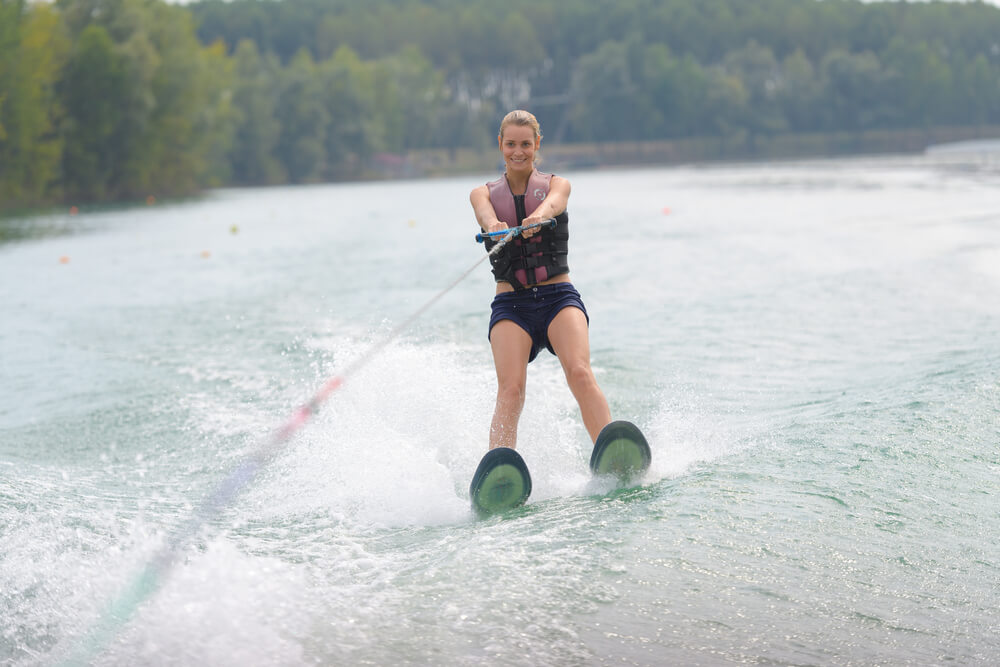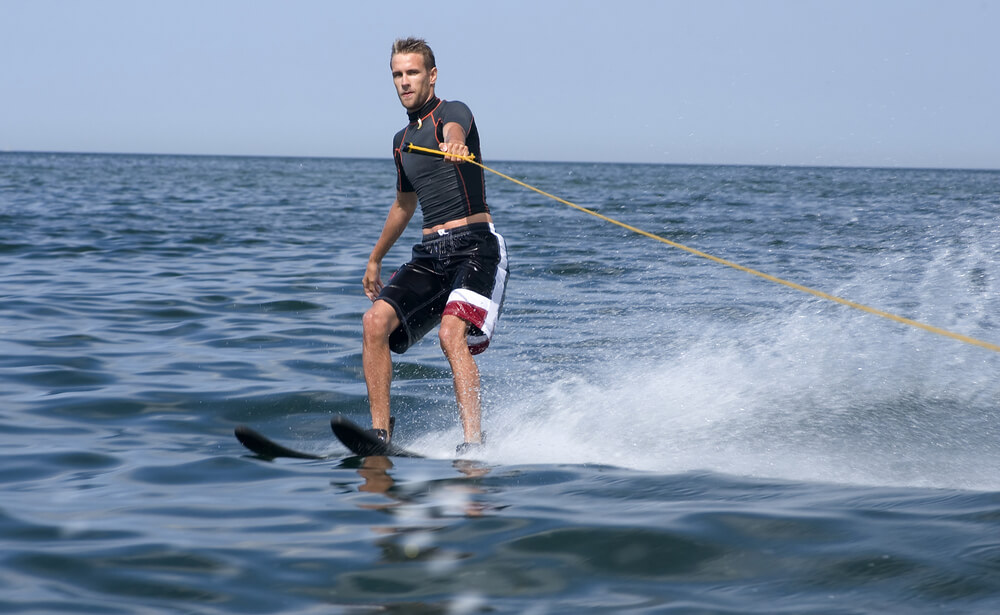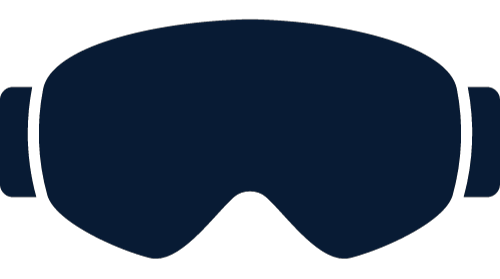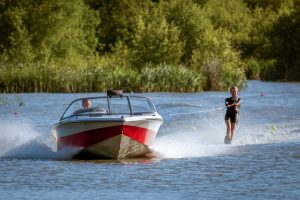Water Skiing and Its Equipment
Why the Right Gear Matters
When it comes to water skiing, it’s super important to have the right gear. The size of your water skis and rope can affect how well you ski, how safe you are, and how comfortable you feel. If your skis or rope are the wrong size, it can make it hard to balance and control your speed and could even cause accidents. Plus, having gear that fits you well makes water skiing more fun because it’s more comfortable.
Water Skis and Ski Ropes
Let’s talk about the main gear you need for water skiing: water skis and ski ropes.
Water skis come in all shapes and sizes, and the right ones for you depend on how you want to ski. Longer skis are more stable but harder to turn, while shorter skis are easier to steer but harder to balance on.
The ski rope connects you to the boat and helps you balance and control your speed. The length of the rope changes how fast you go and the size of the wave you ski on. A longer rope means a bigger wave and faster speeds, while a shorter rope makes a smaller wave and slower speeds.
How Long Should Water Skis Be?
The standard length range for most water skis falls between 63 to 71 inches (160 to 180 cm). However, the “correct” length varies based on certain factors, primarily the skier’s weight. A heavier skier requires a longer ski for better buoyancy and stability, while a lighter skier can manage with a shorter ski.
Several factors can influence the length of your water skis, but we\’ll focus on the three main ones: the skier’s weight, height, and skill level.
- Weight: As previously mentioned, a heavier skier needs a longer ski. For instance, a skier weighing over 220 lbs (100 kg) will likely need a ski that’s at least 70 inches (178 cm) long.
- Height: While weight is the primary consideration, height also plays a role. Taller skiers typically need longer skis due to their increased leverage and reach.
- Skill Level: Beginners and less experienced skiers often find longer skis easier to control and balance on. Conversely, shorter skis are more agile and responsive, making them better suited to advanced skiers.

4 Tips to Choose the Correct Water Ski Length
Choosing the right water ski length involves a fairly straightforward process. Here’s a simple step-by-step guide:
- Identify Your Weight Range: Most ski manufacturers provide a weight range for each ski length. Start by identifying where your weight falls within these ranges.
- Consider Your Skill Level: If you’re a beginner, lean towards the longer end of your weight range for added stability. If you’re more experienced, you may prefer the quicker response of a shorter ski.
- Factor in Your Height: If you’re particularly tall, you may want to opt for a slightly longer ski than your weight alone would suggest.
- Try Before You Buy: If possible, test out a few skis in different lengths to see what feels most comfortable and manageable for you.
Remember, there’s no exact science to choosing the perfect water ski length. It’s about finding what works best for you and your skiing style. With these guidelines, you’re well on your way to making an informed decision.

How Long Should My Water Skis Be?
To measure for personal water ski length, you’ll need to consider both your weight and your skill level. Here’s a simplified guide to help you:
- Beginner skiers: If you’re a beginner, it’s better to start with longer skis. They offer more stability and allow you to get a feel for the water. A good rule of thumb is to pick skis that reach somewhere between your chin and your nose when stood up next to you.
- Intermediate skiers: As your skills improve, you can opt for slightly shorter skis for better maneuverability. These should reach around your chin when stood up next to you.
- Advanced skiers: Experienced skiers often prefer even shorter skis, as they provide greater control and responsiveness. These may only reach up to your chest or even lower.
Remember, these are just guidelines. The most important thing is that you feel comfortable and in control on your skis.
Conclusion
As we wrap up our discussion, remember that the right ski and rope length are critical for safety and performance. Too short or too long can lead to accidents or hinder your water skiing progress.
We’ve outlined the factors that influence the size of your water skis and ropes. These include your weight, height, and skill level. Your boat’s speed and wake size also play a role in determining the rope length.
Always measure yourself correctly and adjust your ski size as your skills improve. Stay safe and enjoy the thrill of water skiing!



